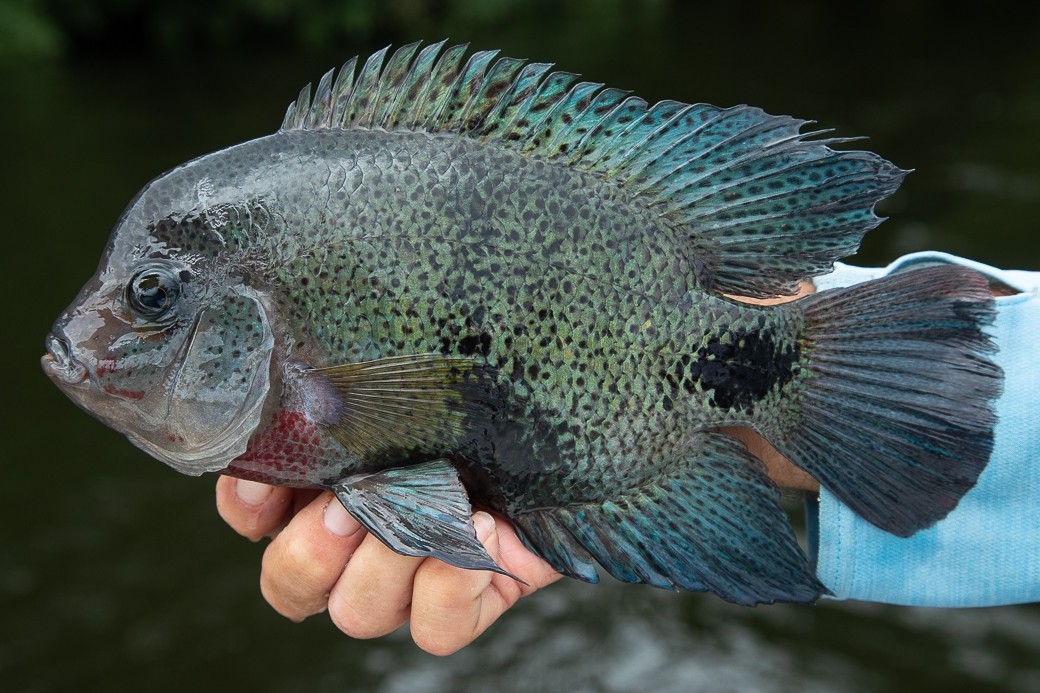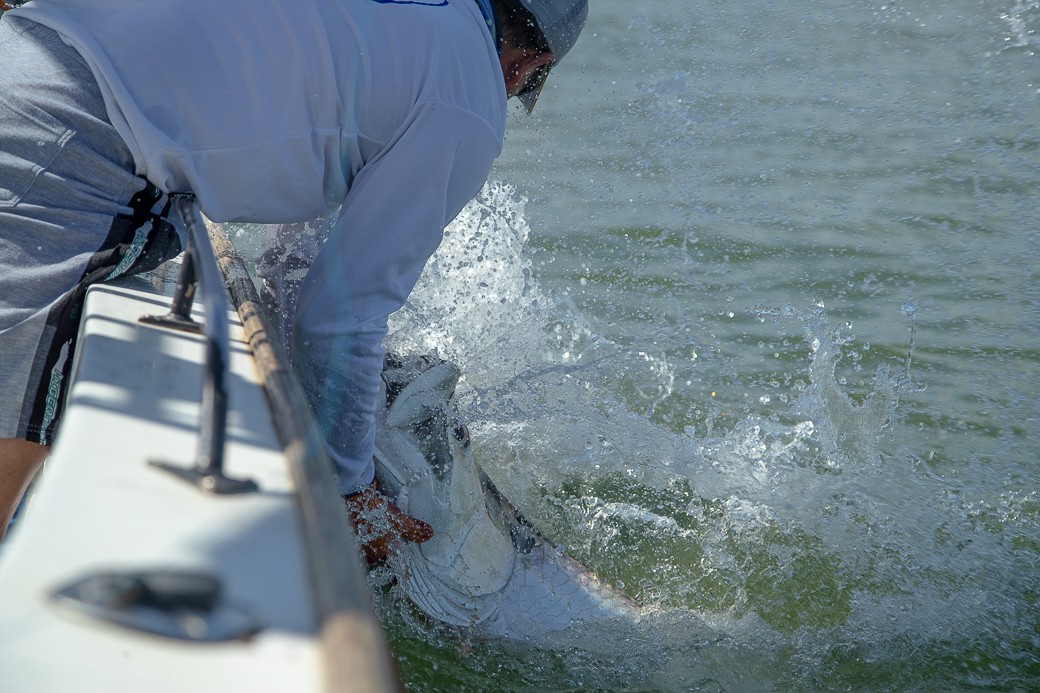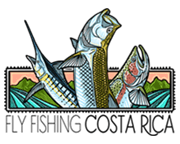Experience Tarpon Fly Fishing Diversity Around Costa Rica
Costa Rica has long been celebrated as a legendary tarpon destination. One such heralded trophy tarpon hunting ground is the Rio Colorado on the northern Caribbean coast. At key times of the year huge schools of adult tarpon congregate in various river mouths like the Colorado, where they engage in mass feeding and migratory behavior. This river in particular is world famous for incredible numbers of tarpon, and while new tarpon destinations in Cuba and Nicaragua have gained notable reputations in recent decades the fishing around the Rio Colorado and several other rivers in close proximity has remained some of the best for adult tarpon.

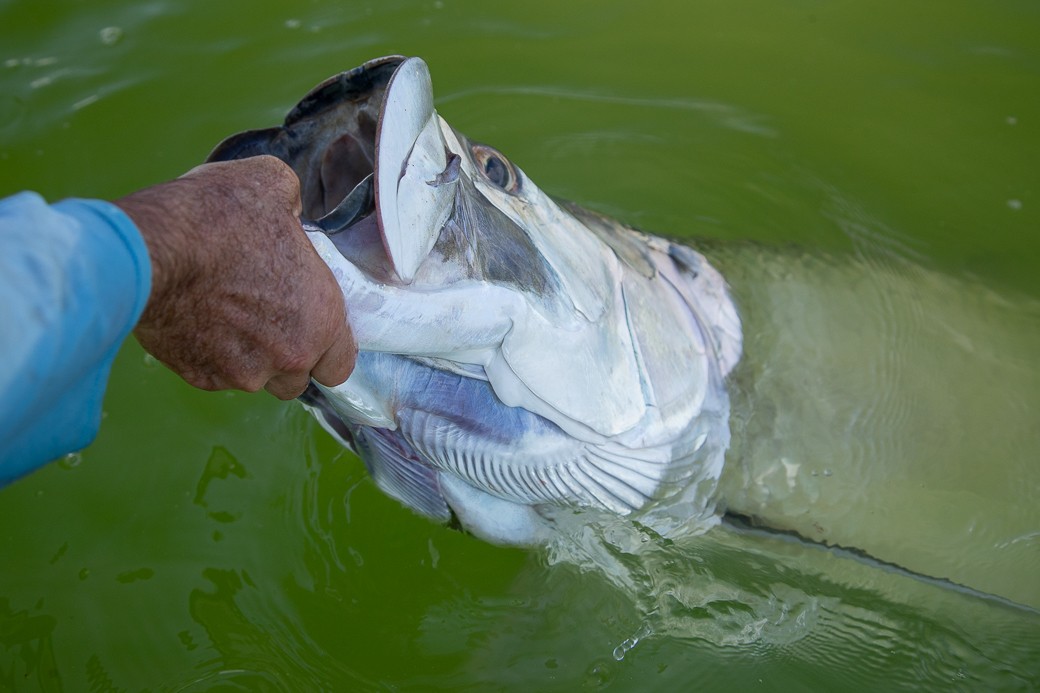
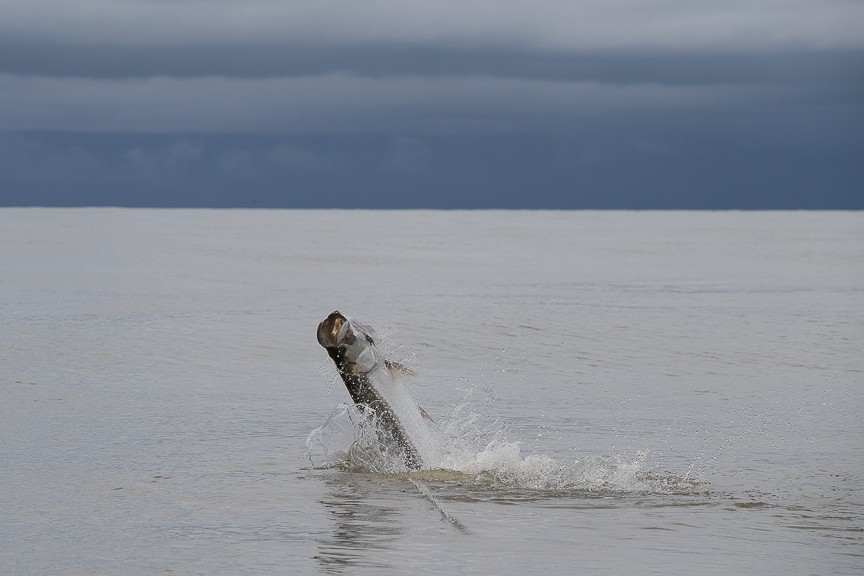
But the enigma of tarpon is their oftentimes-mysterious habits, and newly emerging inland river destinations like the Jungle Tarpon Reserve have followed tarpon migrations to intimate settings many hundreds of miles from the sea. The Jungle Tarpon Reserve is a vast system of freshwater rivers, creeks, and flooded lagoons surrounded by verdant rainforest and swampland. At the time of the tarpon migration’s arrival (August-December), seasonal rains flood the immense lagoons to create an inland sea surrounded by volcanoes and rife with other primeval creatures like tropical garfish, sawfish, and freshwater bull sharks. This collection of archaic predators explosively feed on the many species of baitfish flushed into the lagoons by the heavy annual deluge, much to the delight of adventurous anglers. From their time in the tannin-stained freshwater the tarpon have lost their silvery hue and are very dark in color. Battling these beasts confined by the river’s lush banks is at once an explosive and awe inspiring experience.
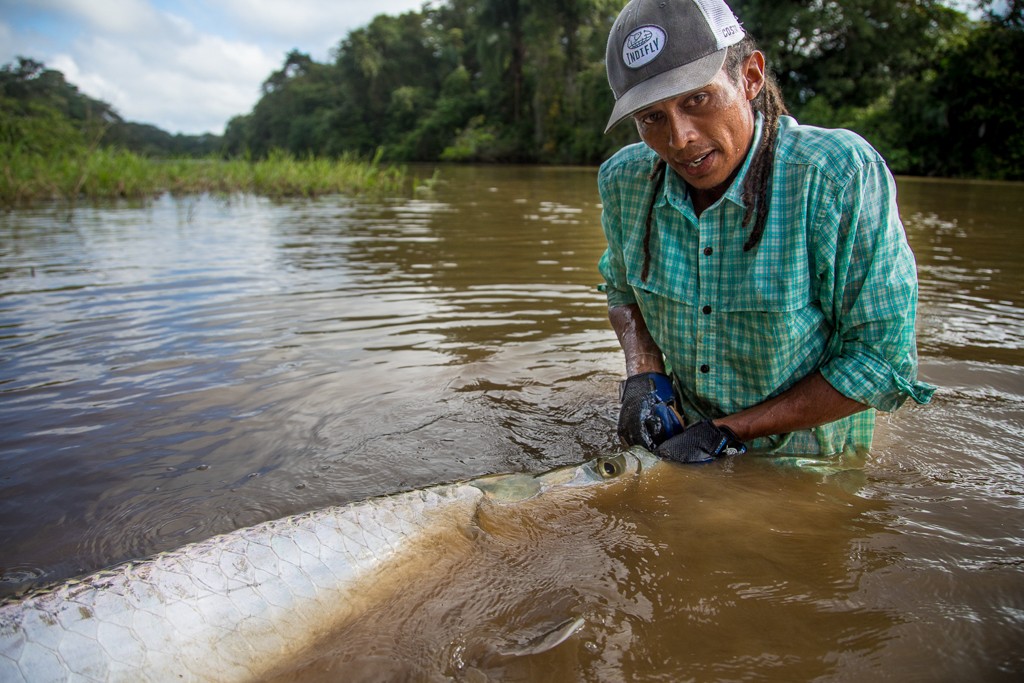
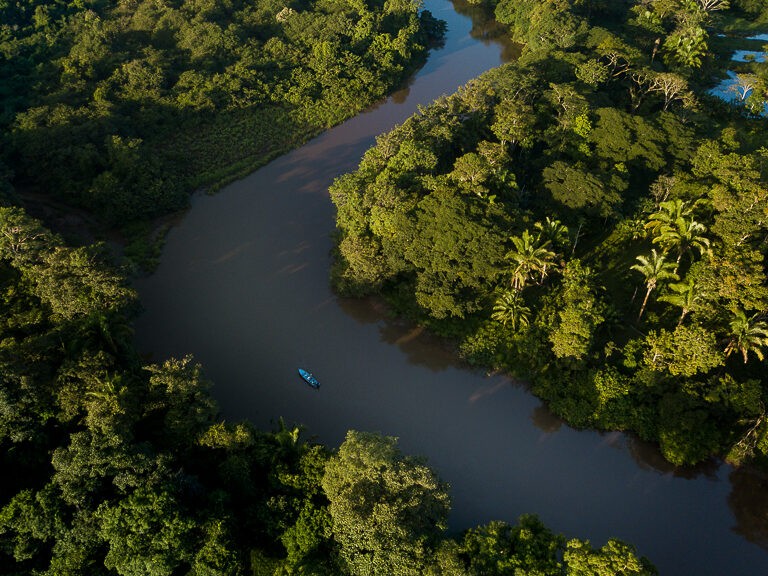
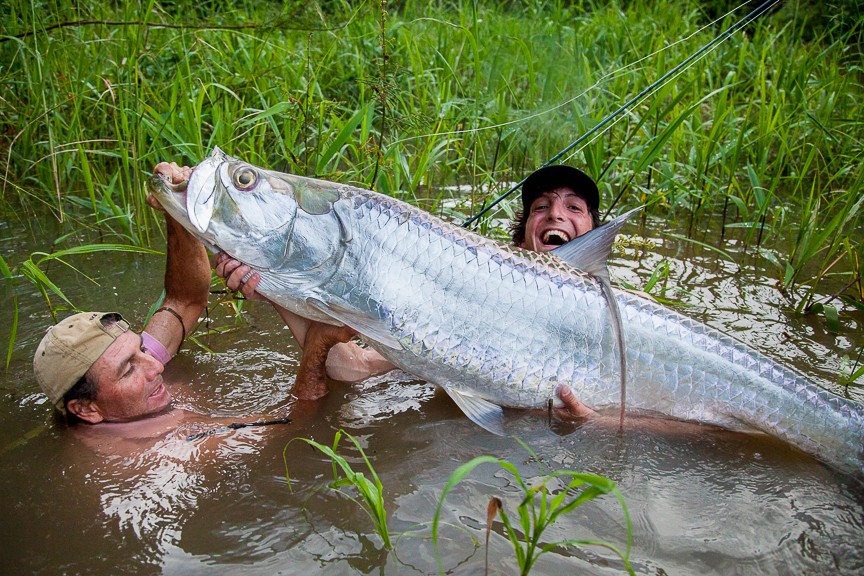
FISHING
Fly Fishing Tarpon Odyssey Around Costa Rica
Coupling iconic ocean tarpon destinations like the Rio Colorado with unique new inland river destinations like the Jungle Tarpon Reserve, this combination tour offers anglers a chance to experience all of Costa Rica’s tarpon diversity in a weeklong (Saturday to Sunday) tarpon quest of epic proportions.
First, you’ll fish the historic boca (mouth) of the Rio Colorado and Rio Tortuguero on Costa Rica’s northeastern border with Nicaragua, where massive schools of tarpon congregate like nowhere else on the planet. Double and triple hookups are very common, requiring anglers to duck and weave around the boat as silver scales fly. Follow in the footsteps of some of fly fishings pioneers like Lefty Kreh, Flip Pallot, Billy Pate, Mark Sosin, Stu Apte, and many others as you battle it out with huge tarpon for 3 days in the ocean. You’ll likely never see more tarpon in your life!
Next, you’ll complete the trip by chasing tarpon in the Jungle Tarpon Reserve’s system of lagoons, creeks, and river. Casting to feeding and rolling fish in tight cover will test your abilities, but the reward comes in the form of large adult tarpon flying through the verdant rainforest. Monkeys, birds, and many other jungle creatures will accompany you on your final 3 days chasing tarpon in an environment that couldn’t be more different from where you started.

SEASON

LODGING & FOOD
On the coast, anglers stay at a private, family-run lodge right on the water and surrounded by a beautiful garden and lots of wildlife. While the accommodations are simple, the proximity to the fishing grounds means anglers don’t miss a beat. The run is only about 10 minutes. Anglers share clean 2 and 3 bed cabinas complete with AC and fan. The on-site restaurant serves some of the Caribbean’s most delicious Afro-caribe meals. The desserts are to die for!
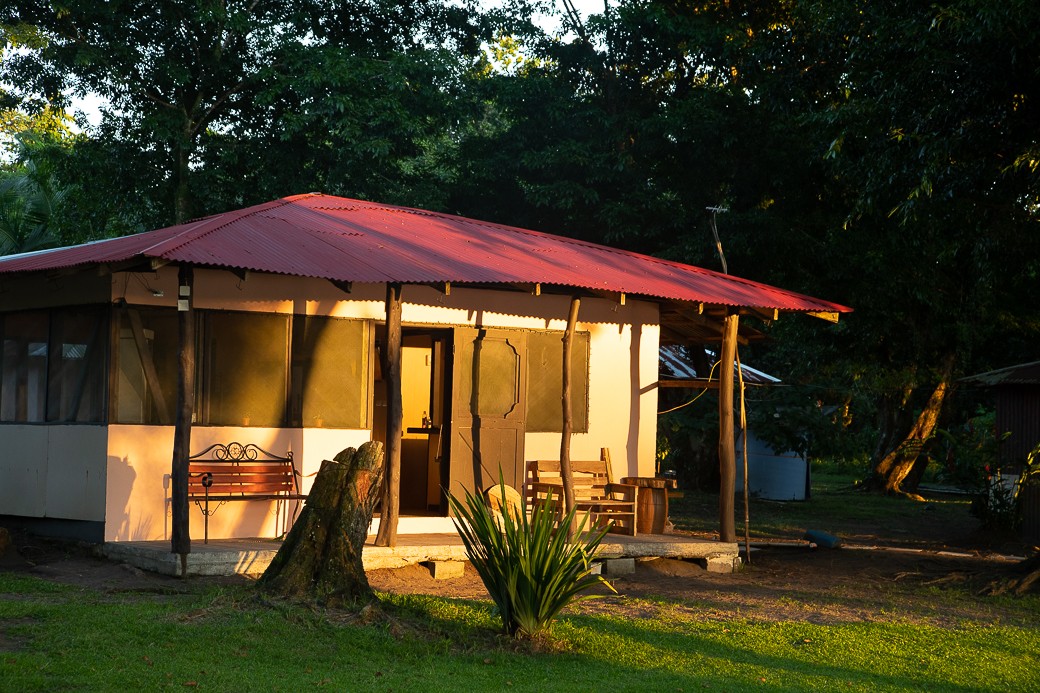
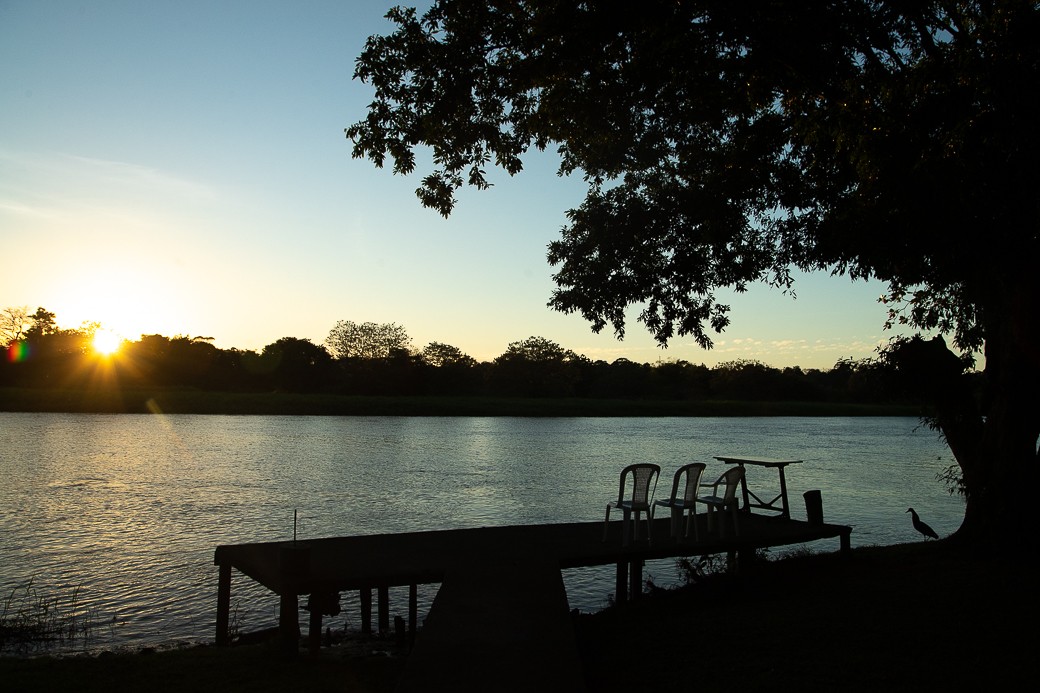
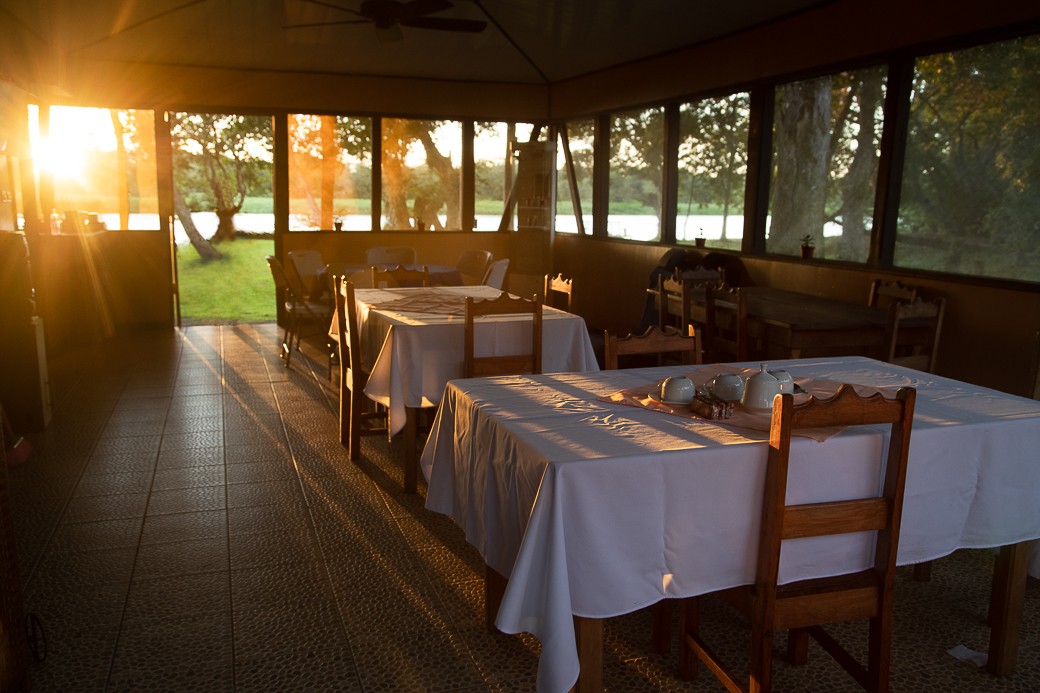
In contrast, the lodging at the Jungle Tarpon Reserve is truly world-class. Starting in 2020, anglers stay in a private luxury house located right on the river, complete with 4 private bedrooms & 3 full baths set across 2 floors, with amenities like AC, WIFI, and even a swimming pool. The spacious house has 2 living room areas with TVs, couches, fly fishing coffee table books, etc. making it a perfect place for fly tying and relaxing between fishing sessions. The private dock, where we start and end our fishing days, is located on the property and is only a 2 minute walk down the floating ramp from your door.
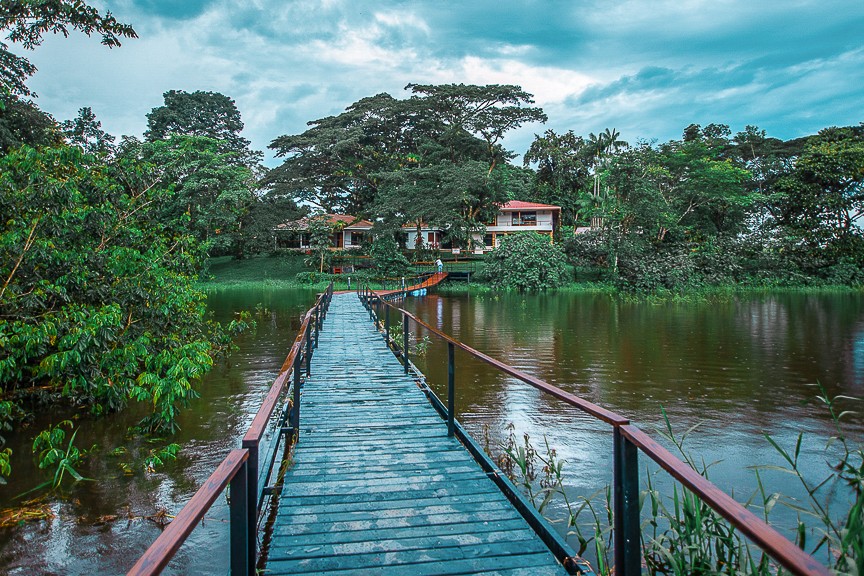
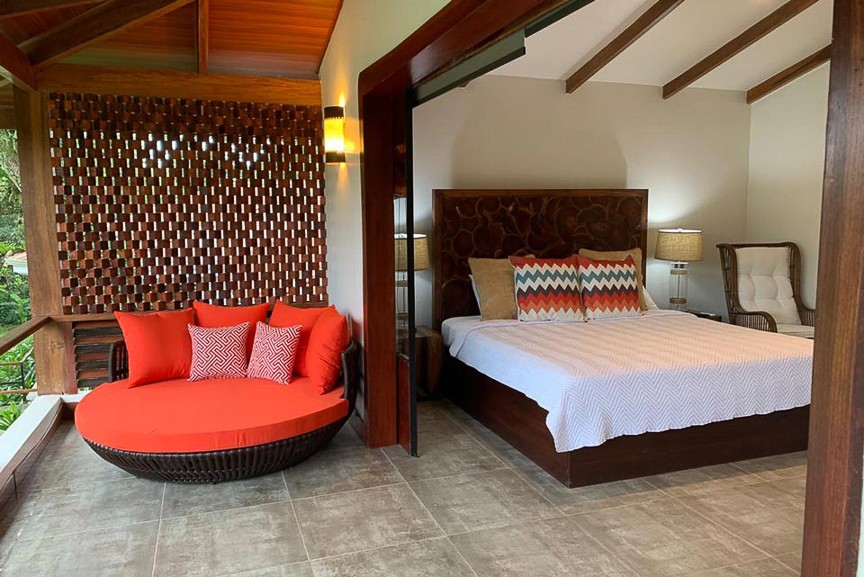
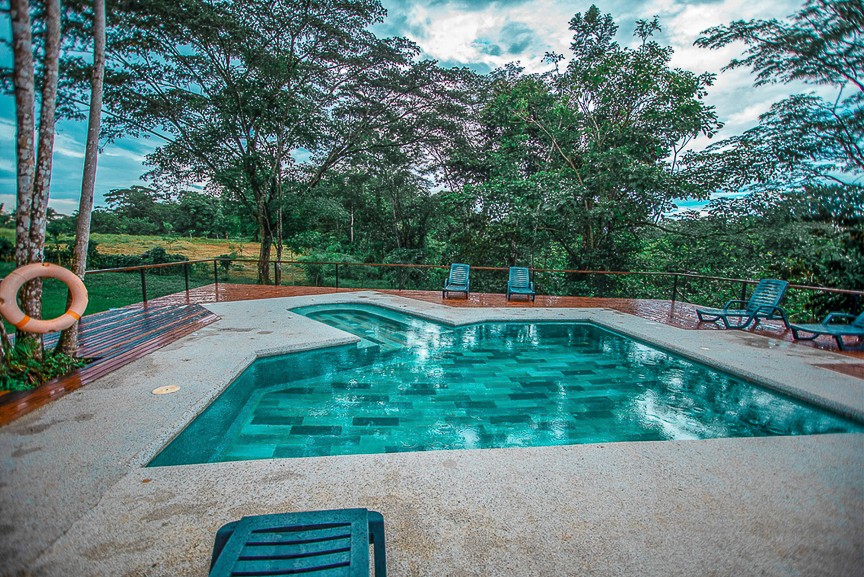
TACKLE & GEAR
In both of these heralded tarpon fisheries, the tarpon are medium-large. With so many triple-digit heavyweights in the mix, anglers are required to use 12 weight rods to tire them quickly before release. In fact, 13-15 weight rods are recommended in the Rio Colorado (ocean) to allow anglers to more easily lift the tarpon as they sound in the 10-40 foot deep waters.
In the ocean, anglers use heavy sink-tips with large flies to entice fish to grab. Standard colors like black, black/purple, black/red, chartreuse/white, and white all get it done. Having some extra bushy black flies is also recommended since the tarpon gorge on the baby sea turtles that emerge from the surrounding beaches at this time of year. Yikes!
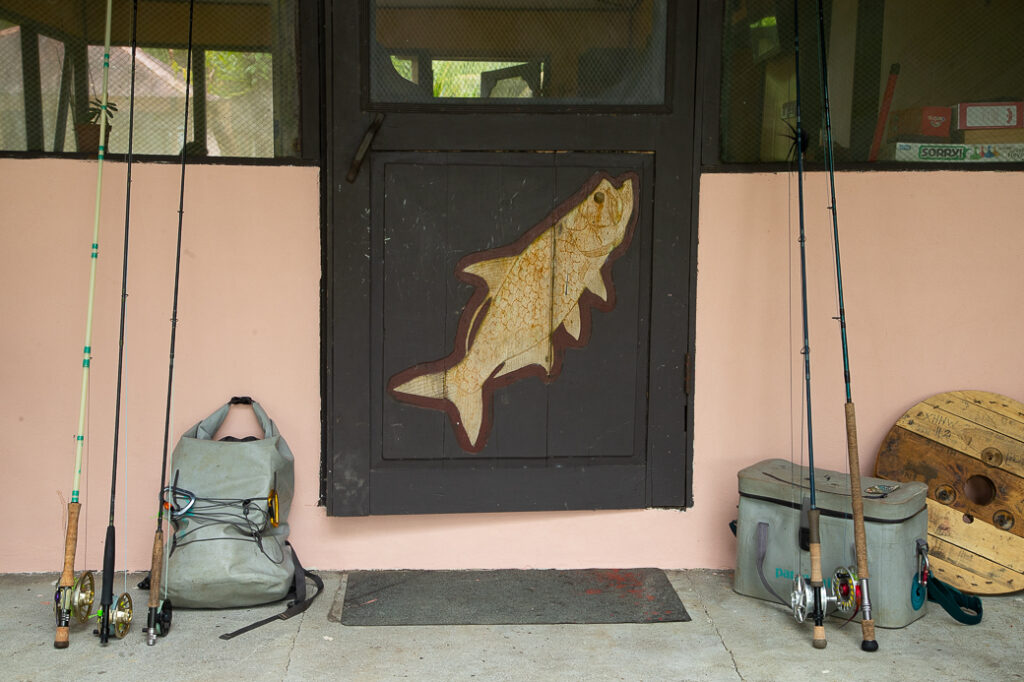
River conditions are varied, and so is the gear needed to reach the fish. Intermediate lines are necessary in most river fishing scenarios, but sink tip lines can be very useful if tarpon are in some of the river’s deeper pools or as the day heats up. Floating lines are a necessity would the lagoons be an option. Having 2 rods with intermediate or sink tip (river) and floating line (lagoons) rigged onboard is preferred so that each fishing scenario can be efficiently handled. Having the 3rd line handy is also highly recommended.
At the Jungle Tarpon Reserve the tarpon feed mostly on various types of minnows and other small-medium baitfish, so 2.5-5 inch deceivers and variants of deceivers are highly recommended. The river is stained a reddish orange from tannins in the water, so colors that produce match this coloration (orange, red, yellow) or stand out against it (black, white), preferably in combination (orange/black/white, red/yellow, red/white, yellow/chartreuse, etc). Black and black/purple flies are also HIGHLY effective in both the river and lagoons. Weighted flies are recommended to break the water surface quickly, and spun deer hair heads helps flies push the maximum amount of water and vibrations to get tarpon excited.
For specific examples of patterns that work for either fishery please contact us. We also have custom hand-tied collections available for sale on-site.

Leaders are pretty standard tapered with shock tippet to 100 lbs. In both fisheries, we ask anglers to incorporate a piece of MAXIMUM 40 lb. class tippet into their leader system so that if a tarpon runs through some branches or submerged logs or is just too big to land we have the ability to break them off and not damage the fish (in other words, no straight 100 lb. leaders please).
Rough Tarpon Combo Itinerary Breakdown
- Day 1 (SATURDAY) – Arrival in San Jose, Costa Rica (SJO). Lodging in San Jose for 1 night.
- Day 2 (SUNDAY) – Early morning transfer to airport. Domestic flight to Caribbean coast. Fishing the Rio Colorado and Rio Tortuguero that same day.
- Day 3/4 (MONDAY/TUESDAY) – Full days fishing the Rio Colorado and Rio Tortuguero.
- Day 5 (WEDNESDAY) – Early morning private aquatic and terrestrial transfer to the Jungle Tarpon Reserve. Afternoon fishing at the Jungle Tarpon Reserve.
- Day 6/7 (THURSDAY/FRIDAY) – Full days fishing the Jungle Tarpon Reserve.
- Day 8 (Saturday) – 1/2 day fishing the Jungle Tarpon Reserve. Private transfer to San Jose.
- Day 9 (SUNDAY) – Departure from Costa Rica (SJO).








